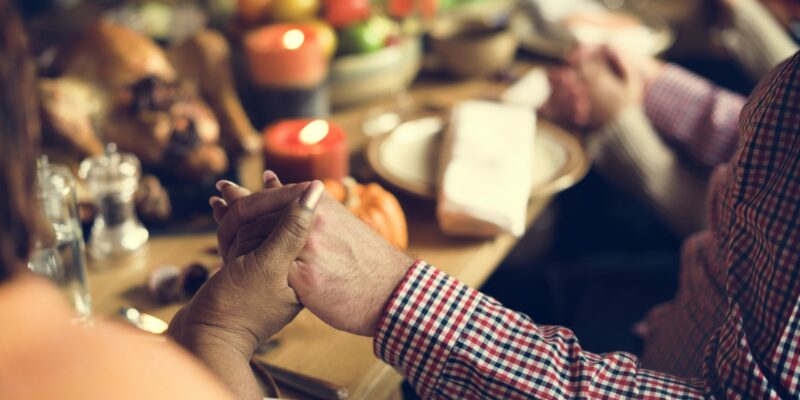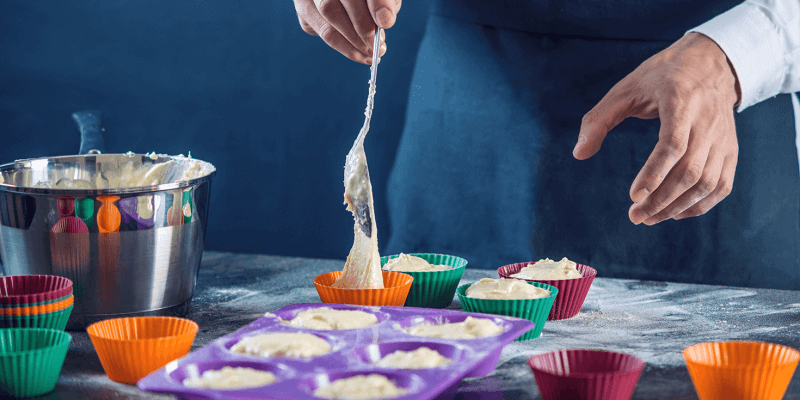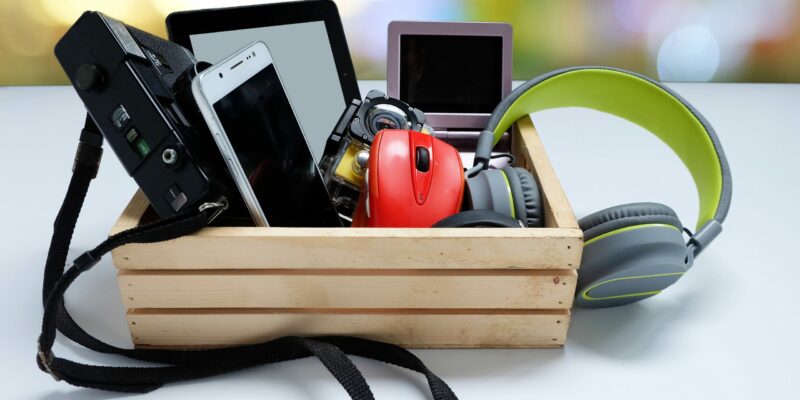A More Flavorful Holiday Meal through Chemistry
Brining1 can give you a tastier chicken or turkey. All you need to do is place the poultry into salt water for several hours. Osmosis allows the poultry to absorb more liquid. The results are worth it!
Giving Non-Perishable Food to Food Banks
Are you donating canned food during the holidays? It’s good to know epoxy resin linings on the cans help protect the food from contamination.
Preservatives are often added to food to help keep it fresh. Preservatives fight spoilage caused by bacteria, mold, fungus and yeast.
 Gingerbread through Chemistry
Gingerbread through Chemistry
Baking soda combined with wet ingredients causes carbon dioxide bubbles to form. When these bubbles expand in a hot oven, they cause gingerbread to rise.
Candy and Chemistry
Did you know the way confectioners cool melted sugar decides the type of candy?
Stirring melted sugar as it cools makes crystalline candy. This candy is smooth and easy to chew like fudge and marshmallows. Cooling melted sugar for several days makes non-crystalline candies. These candies have large sugar crystals. Peppermint candy canes and caramels are non-crystalline candies.
 Helium Makes Balloons on Parade Float
Helium Makes Balloons on Parade Float
Did you know the giant holiday parade balloons hold enough helium to fill a small apartment? Polyurethane balloons can keep about 12,000 cubic feet of helium safely inside.
For more information about chemistry’s role in the holidays, visit these pages:
A Safer Holiday
The CDC offers guidance to help you protect your health while celebrating the holidays.





